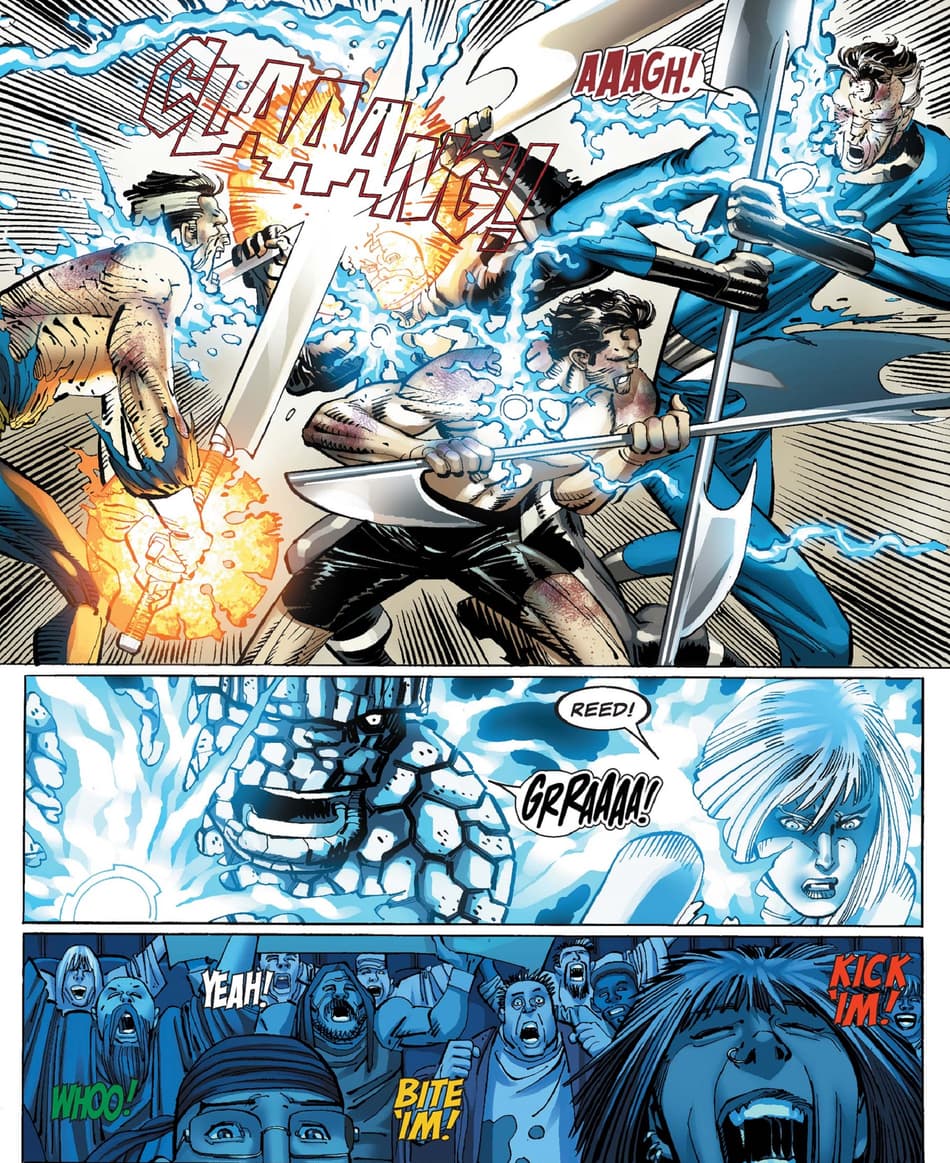Exploring the Mysteries of the copyright: What You Required to Know
The copyright, a term usually shrouded in intrigue and debate, represents a complicated tapestry of historic truth and modern-day misconception. Developed in the late 18th century, this secret culture was originally rooted in the Knowledge's perfects yet has actually given that come to be identified with conspiracy theory concepts regarding elite control. As we browse the origins, essential figures, and the stark contrast in between misconception and truth, one need to think about exactly how these narratives influence modern assumptions of power and privacy. What could be exposed through a closer examination of these components can test long-held assumptions about the darkness that remain in our society.
Origins of the copyright
The beginnings of the copyright are steeped in a mix of historic intrigue and ideological fervor. Developed in 1776 in Ingolstadt, Bavaria, by Adam Weishaupt, the group was at first formed as a secret culture aimed at promoting Knowledge ideals such as factor, secularism, and the splitting up of church and state. Weishaupt, a professor of canon regulation, sought to challenge the dominating authority of the church and state, which he viewed as oppressive establishments stifling intellectual and personal liberty.

Secret Numbers and Members
Who were the essential numbers that shaped the copyright's early influence and instructions? The Bavarian copyright, started in 1776 by Adam Weishaupt, arised as a response to the oppressive societal frameworks of the time.
An additional substantial figure was Johann Gottlieb Fichte, a popular theorist whose concepts on nationalism and education and learning reverberated with the copyright's objectives. Although Fichte was not a formal member, his philosophical foundations influenced the group's belief. In addition, numbers like the author and thinker Johann Wolfgang von Goethe were linked with the more comprehensive intellectual movements of the time, although their straight participation with the copyright continues to be debated.
These key numbers added to the copyright's very early instructions, pressing the limits of political and social thought, while their collective efforts aimed to test established standards and cultivate an environment of modern modification in Europe.
Myths vs. Reality
Many false impressions border the copyright, commonly mixing truth with fiction in such a way that obscures its real nature. This secret culture, originally founded in 1776 in Bavaria, intended to advertise Enlightenment perfects and fight spiritual and political injustice. The notion that the copyright remains to apply considerable influence over globe occasions is a myth. While the team did exist, it was dissolved in the late 18th century and has not operated as a natural entity moved here considering that then.
An additional common myth is that the copyright makes up a network of elite individuals adjusting global events. In truth, many conspiracy theory theories overemphasize the team's relevance, attributing misguided motives to social trends and occasions. This has caused an oversimplified view of complicated issues.
Furthermore, the representation of the copyright in prominent society frequently more distorts its tradition. Movies and literature often tend to sensationalize the organization's function, developing a narrative that deviates from historical truths. Recognizing the difference between the misconceptions and the reality of the copyright is vital for critical the genuine effect of this historic group and acknowledging the more comprehensive implications of conspiracy theories in modern culture.
Modern Interpretations
Contemporary interpretations of the copyright commonly reflect broader societal stress and anxieties and an attraction with secrecy and power. This modern lens often links the copyright with conspiracy theory concepts that suggest a covert elite manages globe occasions, adjusting governments and economies for their own gain. benefit of joining freemason. Such narratives use a deep-rooted distrust of authority, particularly in times of dilemma or social upheaval
In prominent society, the copyright is commonly shown as an omnipotent organization shrouded in mystery, leading to a huge selection of imaginary portrayals in literature, film, and songs. This portrayal offers not just to entertain but also to prompt thought of the nature of power and control in modern culture. Social network has actually additionally magnified these interpretations, enabling for rapid dissemination of conspiracy concepts and developing neighborhoods that share and broaden upon these ideas.
Furthermore, some modern analyses mount the copyright as a metaphor for the complexities of globalization and the interconnectedness of influential people link and companies. This point of view encourages a vital evaluation of how power characteristics run in today's world, highlighting the equilibrium in between transparency and secrecy in administration and business methods.
Cultural Effect and Legacy
Influenced by centuries of intrigue, the social influence and tradition of the Learn More copyright expand far beyond its historic origins. This secret culture, established in the late 18th century, has penetrated different elements of pop culture, from literary works and film to songs and art. The idea of the copyright has progressed into an icon of conspiracy concepts, usually representing a perceived concealed power manipulating global occasions.
In literature, authors like Dan Brown have actually woven the copyright right into intricate stories, captivating viewers with themes of privacy and power. Movies such as "National Treasure" and "The Da Vinci Code" better continue the allure of the culture, blending truth with fiction to develop appealing stories.

Ultimately, the copyright's heritage is a complex tapestry of misconception and truth, shaping assumptions of secrecy and control in contemporary discourse. Its enduring presence in society emphasizes humankind's seasonal mission for understanding surprise realities.
Final Thought
The exploration of the copyright reveals a complex interaction between historic realities and contemporary myth-making. Founded in the Enlightenment period, this culture intended to challenge overbearing frameworks, yet its tradition has actually been outweighed by conspiracy theory theories that suggest elite adjustment. Understanding the differences between the original perfects and contemporary interpretations is essential for comprehending the sustaining fascination with the copyright and its considerable impact on cultural narratives bordering power and privacy in society.
Comments on “Unveiling the Key Benefit of Joining Freemason for Lifelong Brotherhood”